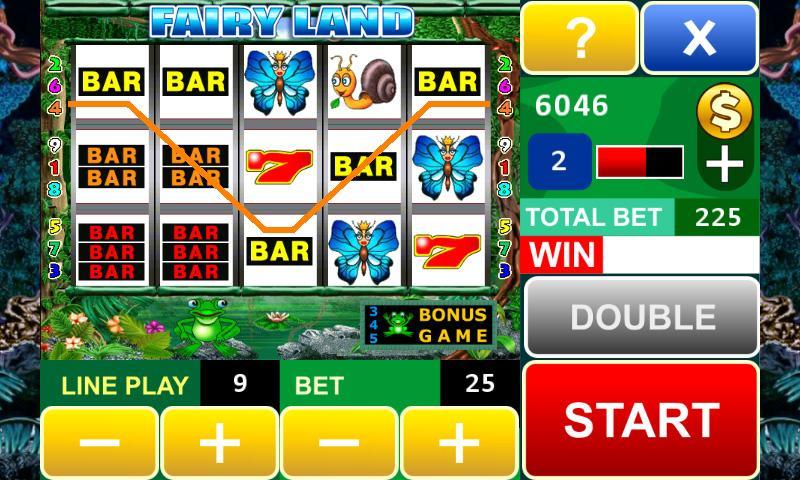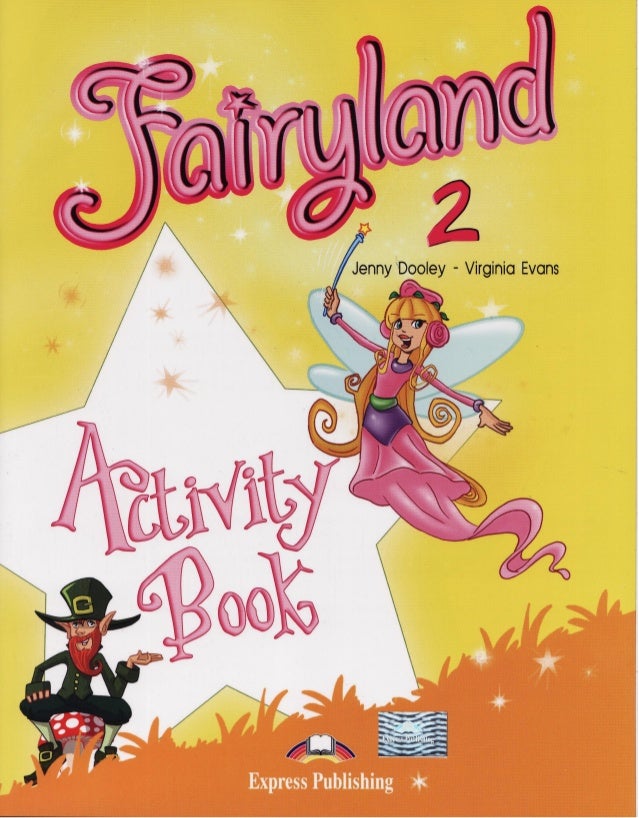Fairy Land 2
Fairyland 2 Online is a sequel to the game Fairyland Online. While Fairyland is a rather old game, Fairyland 2 seeks to revive it as it has been almost completely revamped. It's a very different world from the Fairyland Online a majority of us knew as kids. While it has kept its turn based combat system - the game is very enjoyable. We would like to show you a description here but the site won’t allow us.
Fairyland 2 Unit 1 My Family 11 Terms. Fairyland 1 Unit 8 10 Terms. Fairyland 2 Unit 3 My body 10 Terms. Fairyland 2 Unit 4 I can sing 11 Terms. Usenockpolyglot; Flickr Creative Commons Images. Some images used in this set are licensed under the Creative Commons through Flickr.com. Fairy Land Girls Hostel, Kathmandu, Nepal. 300 likes 2 talking about this. Our hostel gives a best sufficienct facilities to the girls.24 hrs electricity, food facilities, strong security, free.
The Fairy Queen or Queen of the Fairies is a figure from Irish and British folklore, believed to rule the fairies. Based on Shakespeare's influence, in English-speaking cultures she is often named Titania or Mab.
Folklore[edit]
Fairy Land 2 Slot
In Irish folklore, the last High Queen of the Daoine Sidhe - and wife of the High King Finvarra - was named Una (or Oonagh, or Oona, or Uonaidh etc.). In the ballad tradition of Northern England and Lowland Scotland, she was called the Queen of Elphame.
The character is also associated with the name Morgan (as with the Arthurian character of Morgan le Fey, or Morgan of the Fairies), or a variant of Mab (such as Maeve or Mabd). In the Child BalladsTam Lin (Child 39) and Thomas the Rhymer (Child 37), she is represented as both beautiful and seductive, and also as terrible and deadly. The Fairy Queen is said to pay a tithe to Hell every seven years, and her mortal lovers often provide this sacrifice. In Tam Lin, the title character tells his mortal lover:
- At the end of seven years
She pays a tithe to Hell
I so fair and full of flesh
I fear it be myself

Literature and media[edit]
Both Edmund Spenser and William Shakespeare used folklore concerning the Fairy Queen to create characters and poetry, Spenser in The Faerie Queene and Shakespeare most notably in A Midsummer Night's Dream. In The Faerie Queene, Spenser's fairy queen is named Gloriana, and is also referred to as Tanaquill, which 'appears to be an epithet for Gloriana, Queen of Faeries' derived from the name of the wife of Tarquinius Priscus.[1] She is the daughter of Oberon, who in Shakespeare's later play is married to Titania, a name derived from Ovid as an epithet of the Roman goddess Diana. Diana was regularly portrayed as the ruler of the fairy kingdom in demonological literature, such as King James VI of Scotland's Daemonologie, which says that she belongs to 'the fourth kind of spirits, which by the Gentiles [non-Jews] was called Diana and her wandering court, and amongst us is called Fairy (as I told you) or our good neighbours'.[2]
In one of the earliest of the Peter Pan novels, The Little White Bird, author J. M. Barrie also identifies Queen Mab as the name of the fairy queen, although the character is entirely benign and helpful. In Disney's series of films based on Tinker Bell, a fairy character originating in Barrie's novels, the fairies are shown to be ruled by a Queen Clarion. In Brandon Mull's Fablehaven series, the Fairy Queen is an essential part of the plot making key characters extremely powerful. The character Erza Scarlet from Hiro Mashima's Fairy Tail rightfully earned the alias 'Titania' due to her overwhelming power being well known throughout the series' fictional land of Fiore.
In Foxglove Summer, part of the Rivers of London series, the protagonist Peter Grant is captured by the Fairy Queen and taken off to her Kingdom (an alternative reality or Otherworld where Britain is still covered with a massive unbroken primeval forest, with no sign of the familiar towns and villages), and is saved with difficulty by his girlfriend who is a River Goddess.
Neopaganism[edit]
The concept of a Dianic queen of spirits influenced the neopagan cultures developed from Charles Godfrey Leland's concept of Aradia 'Queen of the Witches'.[3] The Faerie faith developed from the same source as the McFarland Dianic tradition.
References[edit]
- ^Andrew Zurcher, Edmund Spenser's the Faerie Queene: A Reading Guide, Edinburgh University Press, Edinburgh, 2011, p.18.
- ^Purkis, Diane, 'losing Babies, Losing Stories' in Culture and Change: Attending to Early Modern Women, University of Delaware Press, 2003, p.147.
- ^Farrar, Janet and Stewart (1983). Eight Sabbats for Witches. Robert Hale. ISBN978-0-919345-26-3.

Where the magic lives
The Fairy Land series of slot machines is by far the most popular product of the Novomatic software company. It goes all the way back to land-based slots and later a couple of online iterations were produced. So what makes the gamblers come back to it time and time again? The payout percentage, of course, combined with a fun, unique theme and straightforward gameplay; make this machine a winner among winners. You can check it out for free now and see what the hype is all about! There’s a number of strategies available, so that every player can pick their own. This slot is similar to Dolphins pearl.
Get swept off your feet

Fairyland 2
From the first spin of this online casino game you’re sent to a magic land inhabited by cute frogs, snails, butterflies and other creatures. Of course, there must be an eponymous villain as well – and here this role is delegated to the crocodile. A number of bonuses are hiding behind the simplicity of this 5-reeler’s design, but when you get the chance – choose wisely! You might hit the jackpot or get straight into the crocodile’s jaws!